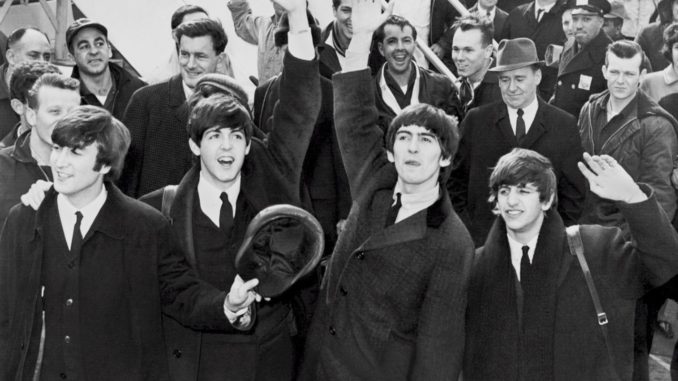
By JOHN DALY
Just like the genre of music, Rock ‘n Roll fashion has kept its roots, but it has also evolved as the generations of listeners have grown up, and grown old. Fashion and music have always been intricately intertwined, and none more so than Rock ‘n Roll. Take a look at the fashions that shaped the decades, all the way from the 1950s to today.
1950s: The ’50s brought with them more than just colour TV’s and the advent of credit cards. The ’50s brought with us Elvis Presley. Elvis brought us Rock ‘n Roll, and with it came Rock ‘n Roll fashion. Well known for his clean, wholesome, casual style off stage, in stark contrast to his on-stage persona, Elvis’ loafers, trousers and jackets set the tone for the decade to come.
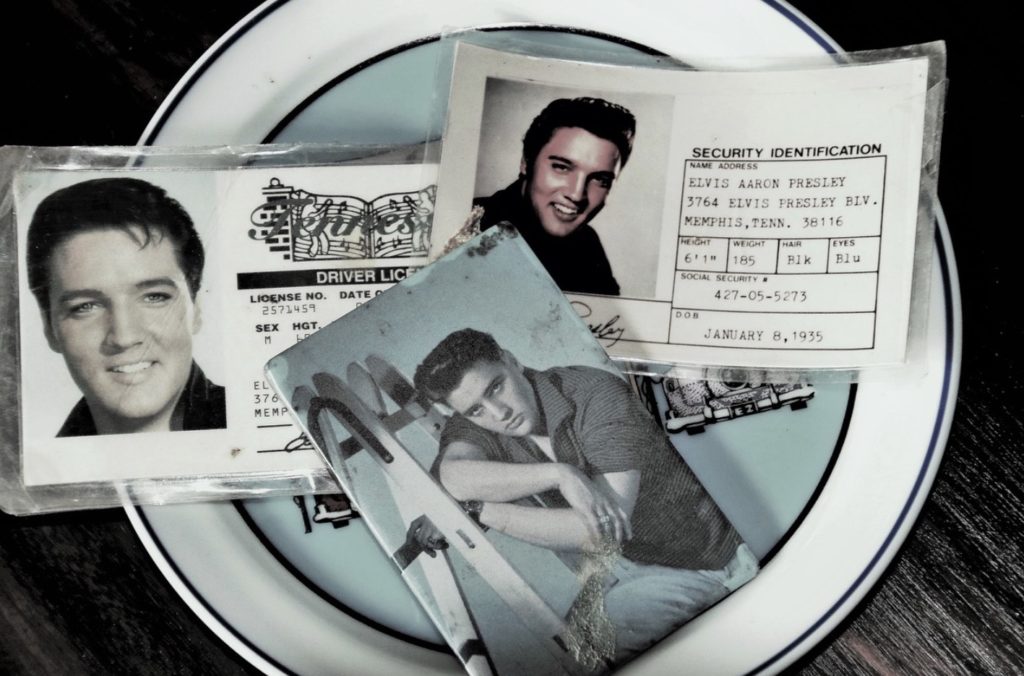
1960s: The ’60s arrived in a blur of mop fringes forever being ‘flicked’ out of the wearer’s eyes. Thanks to The Beatles, the trend did not slow down, and neither did the hair growth. By the mid ’60s long hair with lots of ‘flick’ was in. So were bell-bottoms and skinny shirts, the bells only serving to make the skinny shirt wearers look skinnier. This was the time that the hippie’s embraced flower power and free love, and The Beatles embraced the moustache.
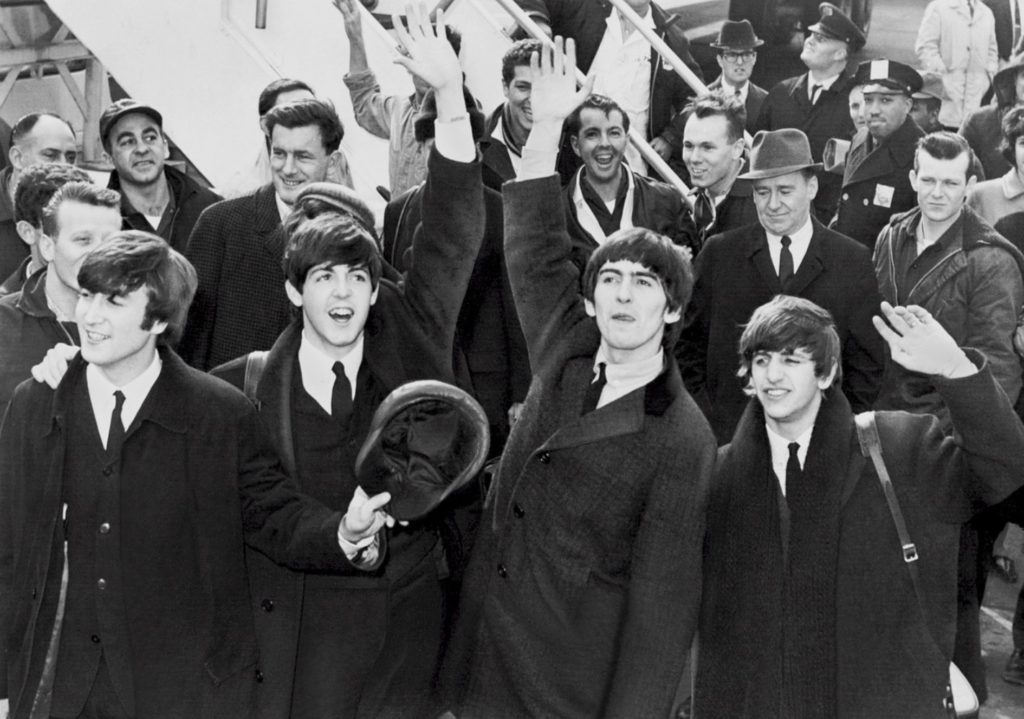
1970s: In the ’70s, fashion started to diversify as sub-genres were created and fans identified with certain groups. After Jimi Hendrix’s death in in 1970 fashion moved on and it became an era of glam rock, with David Bowie strutting in glitter makeup and shiny outfits. However, there were a few artists who kept their heads about them such as Bob Marley. Although not a rocker, until Bob, the only people to turn the M-65 jacket into a fashion piece were the military.
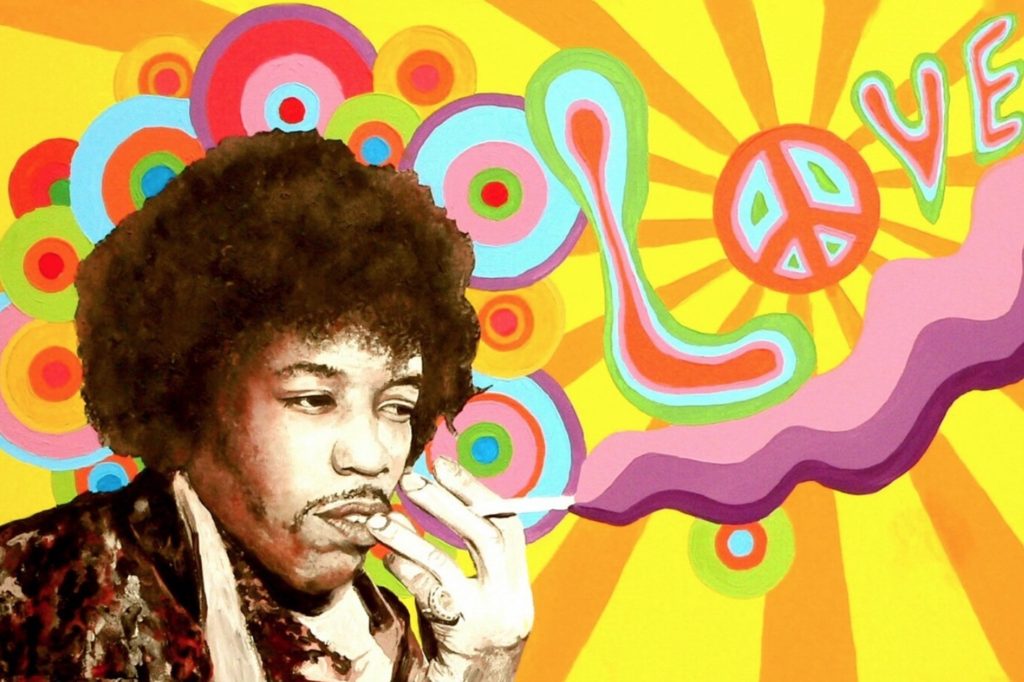
1980s: The ’80s certainly did nothing for the hairdressing industry. Hairstyles grew still longer and a little bit (a lot) of leather was added to the wardrobes. Distressed denim and big make-up found its way to the stage, as did metallics and Spandex. Bare-chested male band members like Jon Bon Jovi were the staple of the day, and as their clothes came off so did their facial hair. Toward the end of the ’80s things started to become less colourful, stepping away from the hippie 60’s and pure glam ’70s and leading the way to the endless shades of grey in the ’90s.
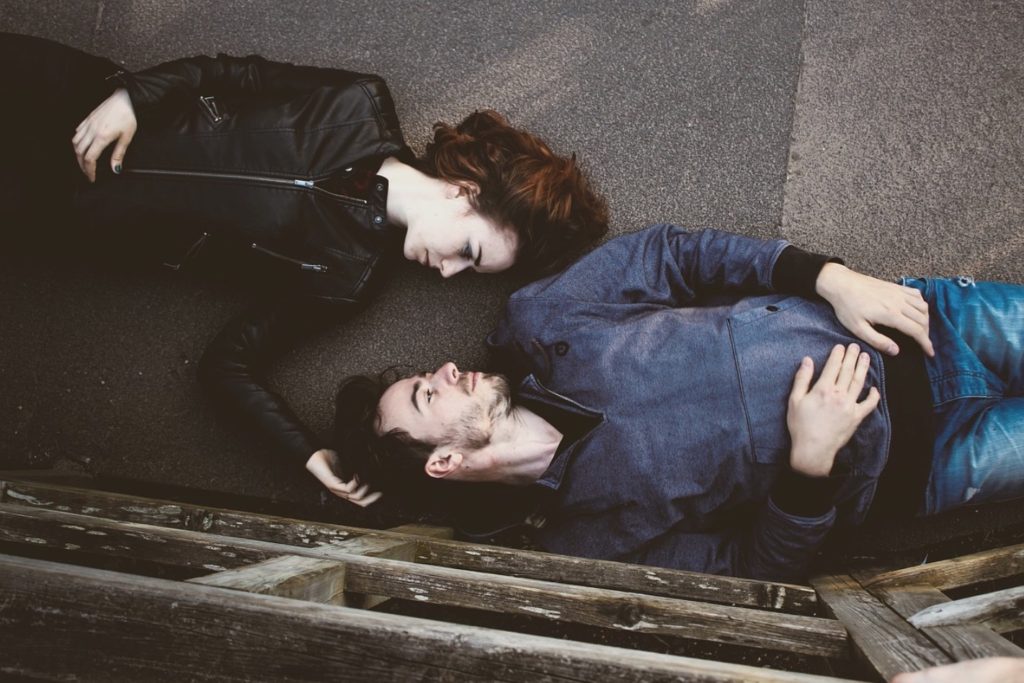
1990s: In the ’90s grunge rock took to the stage, and gothic rock followed. Grunge rock was all about torn jeans, tatty Tshirts, old knit jerseys and converse sneakers, and Kurt Cobain and Green Day epitomised it. Grunge was a moody sort of unkempt look, which illustrated disdain for societal standards and concern about humankind. On the other end of the spectrum, gothic rock fans identified with groups such as Bauhaus, Siouxsie and the Banshees. These bands embodied what the original movement was all about, death, horror, and alienation, and flowing layers of black and grey clothes of course.
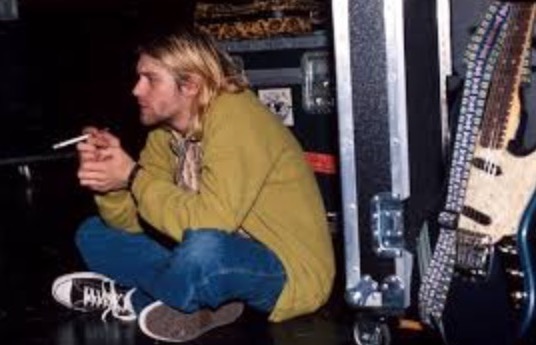
2000s: As the world got smaller so musically inspired fashion trends became less distinguishable. Older styles such as the hippie bells and vintage accessories translated into the boho fashion. The fashions developed in the ’90s hung on and carried through much of the 2000s. Indie rock, which developed in the ’70s, stepped into the spotlight and was quickly adopted by the young rockers of the world.
2010: Rock ‘n Roll fashions of yesteryear enjoyed a mix and match revival, which resulted in the hipster trend. Hipsters were influenced by the grunge looks of the ’90s and a few key items from way back in the ’30s and ’40s, and focused heavily on vintage, recycling and repurposing. Although most would argue that Rock ‘n Roll was not yet a genre at that time, fashion disagrees. Shoulder pads and butterfly sleeves made an appearance, with artists such as Rihanna and Lady Gaga leading the trend.
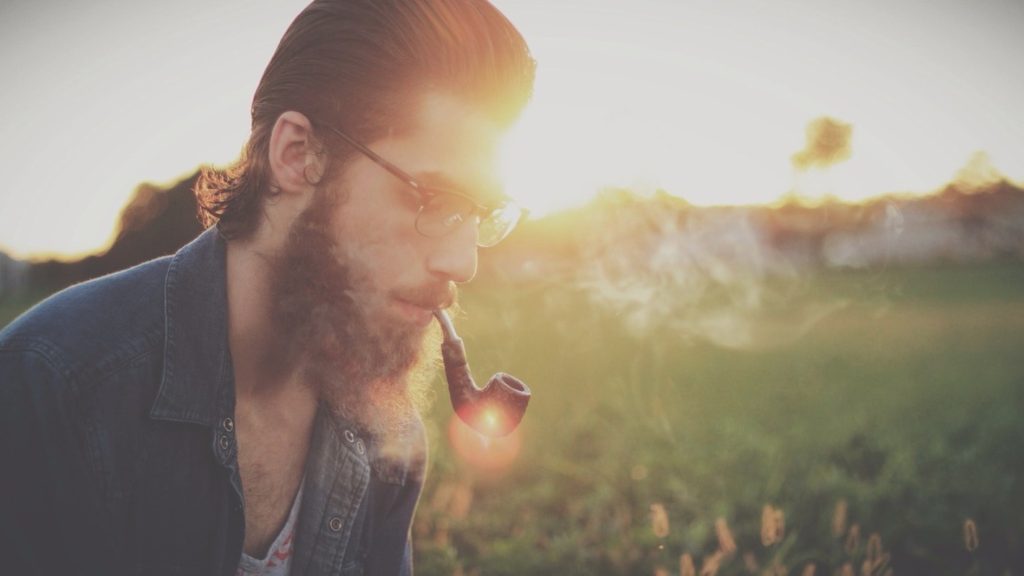
2018s: This decade’s fashion trends have been described as the ultimate Rock ‘n Roll blowout. Hitting the catwalks are influences from each decade, some combined in a single piece of fabric. Leather and studs share space with plaid fabrics and ripped jeans, while hair is back to being long but dead straight.
Whichever way you look at it, Rock ‘n Roll continues to influence who we are, what we wear, and why we wear it.
